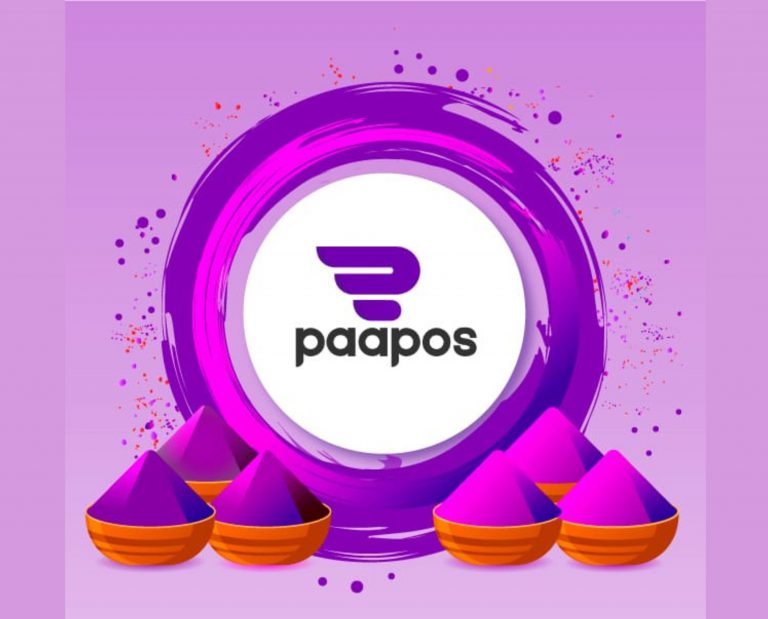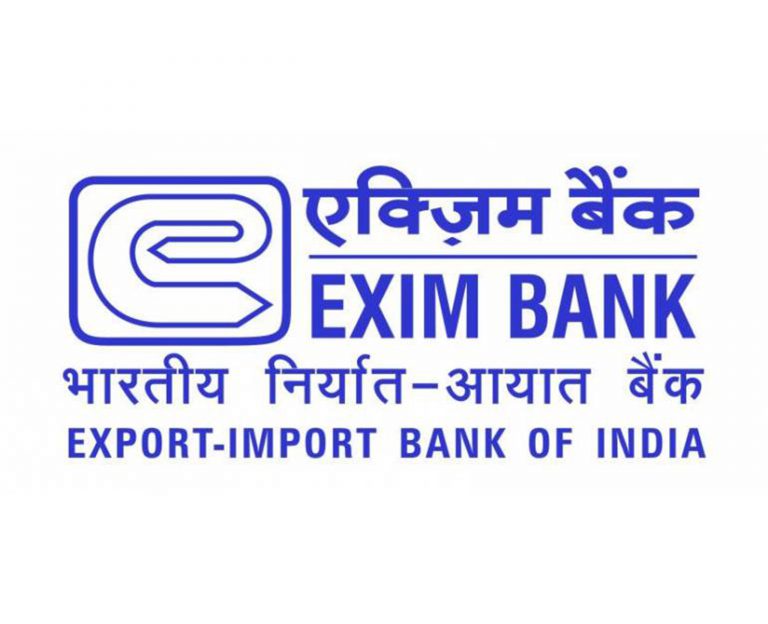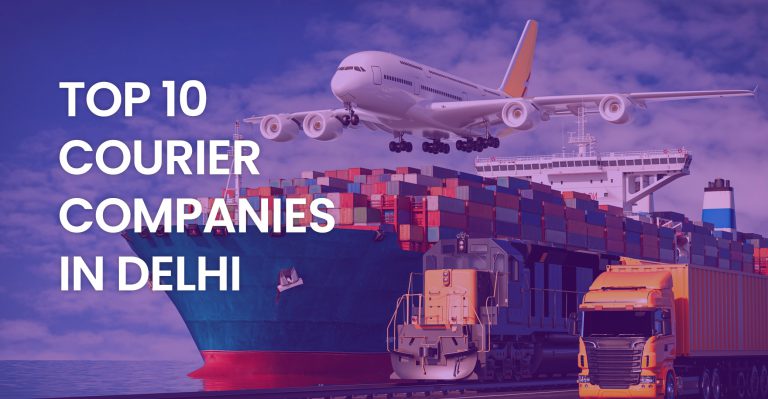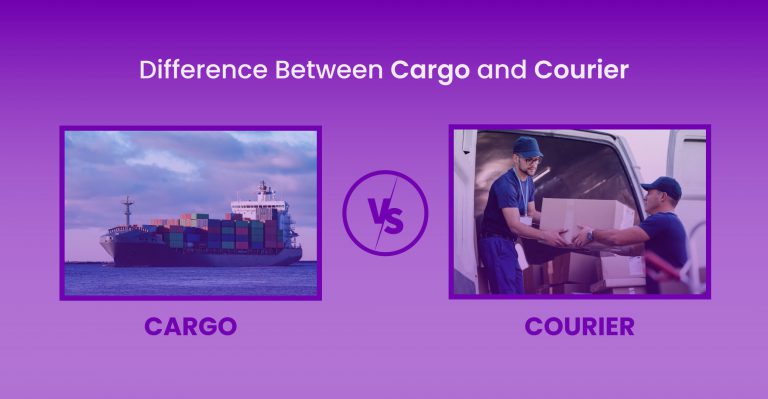Discover Innovative Ways To Ship Cargo Containers In India
India is a vast country with a diverse economy. Cargo containers are the most common way to ship goods in India. They are large, standardized boxes that can be easily transported by road, rail, and ship.
Types of Cargo Containers:
There are several different types of cargo containers, each designed for a specific purpose. The most common types of cargo containers include:
- Dry van containers: These are the most common type of cargo container and are used to ship dry goods such as food, clothing, and electronics.
- Reefer containers: These containers are equipped with refrigeration units to keep goods cool during transport. They are used to ship perishable goods such as fruits, vegetables, and meat.
- Tank containers: These containers are used to ship liquids such as oil, chemicals, and gases.
- Flat rack containers: These containers have no walls or roofs and are used to ship oversized or irregular cargo such as machinery and vehicles.
Shipping Process
The process of shipping cargo containers in India typically involves the following steps:
- Booking: The shipper books cargo space with a shipping line or freight forwarder.
- Packing and loading: The shipper packs the goods into cargo containers and loads them onto a truck or rail car.
- Customs clearance: The shipper obtains customs clearance for the goods.
- Transportation: The cargo containers are transported to the port of departure.
- Loading onto a ship: The cargo containers are loaded onto a ship.
- Ocean transport: The ship transports the cargo containers to the port of destination
- Unloading: The cargo containers are unloaded from the ship.
- Delivery: The cargo containers are transported to the consignee’s warehouse or distribution center.
When shipping cargo containers in India, it is important to consider the following factors:
- Type of goods being shipped: The type of container required will depend on the type of goods being shipped. For example, perishable goods will require a reefer container.
- The shipping route: The shipping route will determine the mode of transport that is used. For example, if the goods are being shipped from Mumbai to Chennai, they can be transported by road or rail. However, if the goods are being shipped from Mumbai to New York, they will need to be transported by ship.
- The transit time: The transit time will determine the cost of shipping. Air freight is the fastest option, but it is also the most expensive. Rail freight is a more affordable option, but it is also slower.
- Insurance: It is important to obtain insurance for the goods being shipped. This will protect the shipper from financial losses if the goods are damaged or lost.
Conclusion
Cargo containers have revolutionized the shipping industry in India, providing a standardized, secure, and cost-effective method for transporting goods across the country. Their versatility allows for the seamless movement of a wide range of products, from dry goods and electronics to perishables and oversized machinery. By adhering to the guidelines outlined in this blog, shippers can effectively navigate the process of shipping cargo containers in India, ensuring that their shipments reach their destination safely and on schedule.






